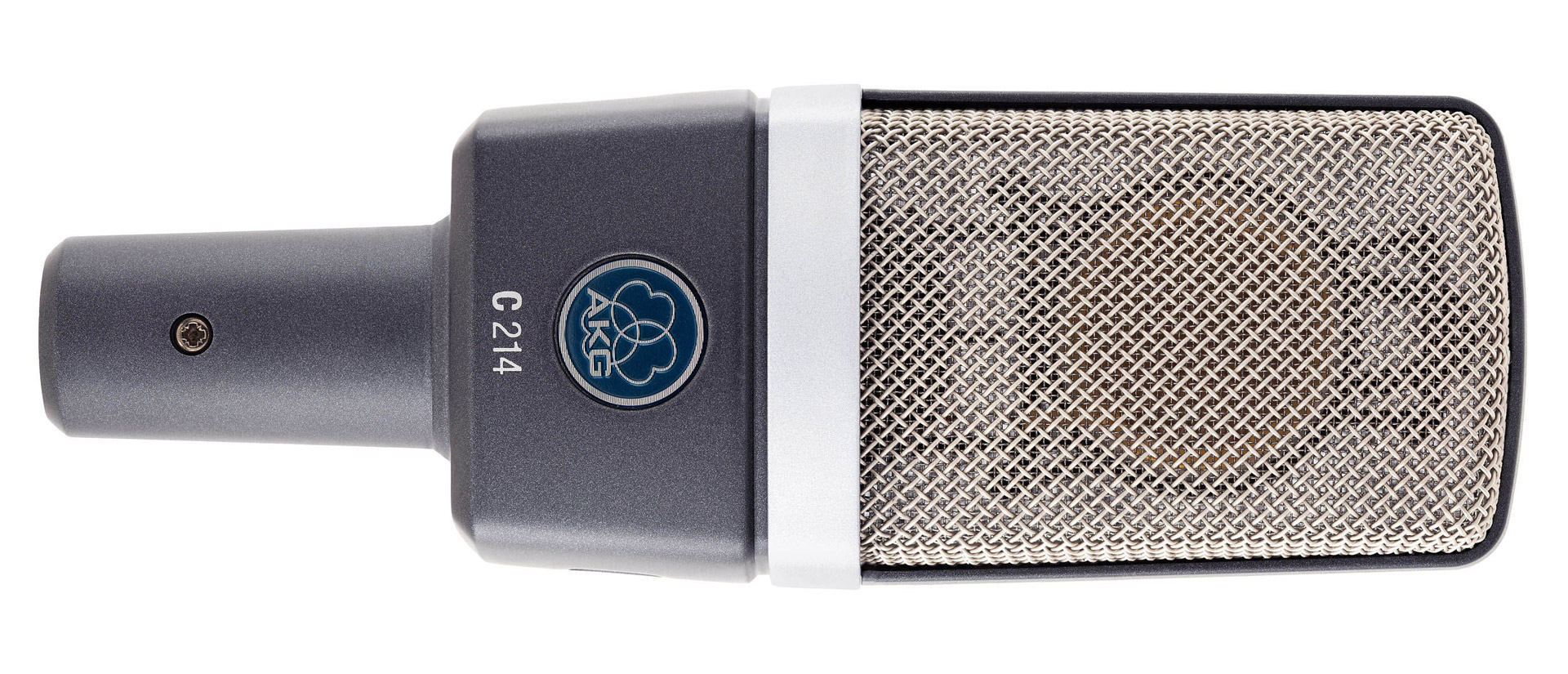The principle of operation of a capacitor (condenser) microphone

A capacitor microphone works on the principle of Q=CV. If you don't know that, you should know that it's a good sound engineering interview question...
Electrical characteristics:
The diaphragm of the microphone forms one of the plates of a capacitor. The other plate is the backplate, which is close to and parallel to the diaphragm.
In any capacitor, Q = C x V - more appropriately represented here as V = Q/C
- Q represents electrical charge. When a capacitor is charged, there is an imbalance between the quantity of electrons on one plate compared to the other.
- C represents capacitance, which is the ability of the capacitor to store charge.
- V is voltage.
Because V = Q/C, a capacitor with a low value of capacitance will measure a greater voltage across the plates than a capacitor with a high capacitance, for the same value of charge.
The diaphragm and backplate of the microphone are charged up to a voltage of 48 V (typically). This is done through a high-value resistor so the audio signal is not affected.
The capacitance of any capacitor is governed in part by the separation between the plates. The closer the plates, the higher the capacitance.
Because V = Q/C, if the capacitance changes, then the voltage changes inversely in proportion.
Since one of the plates of the capacitor in the capacitor microphone is the diaphragm, which moves in response to sound, then as the separation between the plates changes in response to that sound, the capacitance changes and so does the voltage across the plates.
The AC component of this changing voltage is the signal produced by the microphone in response to sound.
Further points:
The capacitor microphone can only produce a very weak current from the diaphragm (i.e. it is high impedance). Therefore a capacitor microphone must have an internal amplifier close to the diaphragm.
Capacitor microphones require electricity to charge the diaphragm and backplate, and to power the internal amplifier.
An electret capacitor microphone employs a backplate that is permanently charged, hence there is no requirement for a source of electricity to charge the diaphragm. However, there is still an internal amplifier that requires power. This can be an internal battery.































